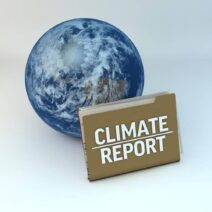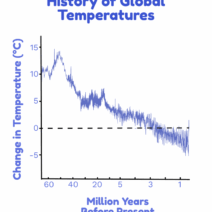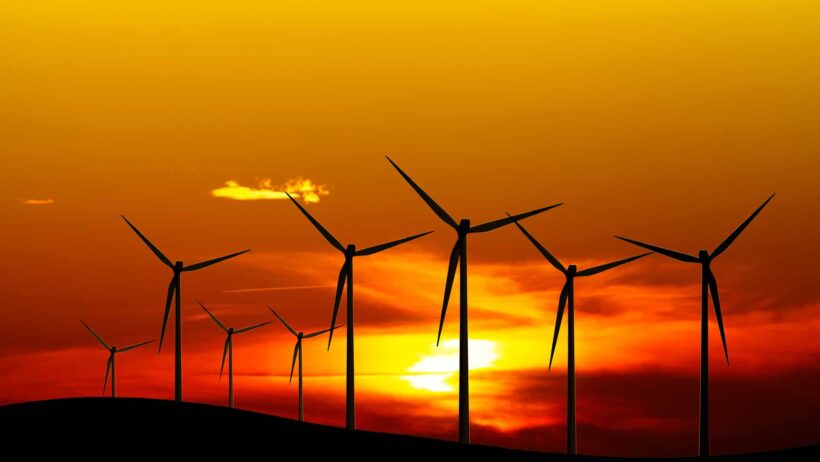Energy conservation is an essential concept that encapsulates the strategies and practices adopted to reduce energy consumption while effectively meeting human needs. At its core, energy conservation aims to utilize less energy in the production of goods and services, thereby facilitating a more sustainable future. It transcends mere resource management; it beckons a systemic transformation in how individuals, businesses, and governments approach energy consumption. This discourse aims to delve into the intricacies of energy conservation, offering clarity on its implications for our environment and society.
Understanding energy conservation necessitates a basic comprehension of energy itself. Energy exists in various forms—thermal, kinetic, chemical, and electrical—yet its indiscriminate consumption leads to adverse effects on our planet. The crux of energy conservation revolves around the imperative to minimize energy waste while maximizing efficiency. This can be achieved through behavioral changes, innovative technologies, and policy reforms.
Statistics reveal alarming insights into energy consumption patterns. The U.S. Energy Information Administration estimates that the average American household consumes around 877 kWh of electricity per month. This figure is not just a number; it represents the aggregate impact of countless individual choices. Each watt saved contributes to a significant reduction in greenhouse gas emissions. Thus, energy conservation should not be perceived as a sacrifice but rather as an opportunity for innovation and improvement.
Examining the historical context of energy conservation provides further depth to this discussion. The energy crises of the 1970s evoked a paradigm shift in how energy usage was viewed. Societies began to recognize that reliance on fossil fuels was not only unsustainable but also perilous for economic stability and environmental integrity. The quest for energy independence propelled advancements in alternative energy technologies and ignited the measures we see today, from energy-efficient appliances to renewable energy sources.
At the core of energy conservation is the implementation of Energy Conservation Measures (ECMs). These measures encompass a plethora of strategies designed to reduce energy usage. They can range from simple behavioral changes, such as turning off unused lights, to complex technological upgrades, like installing solar panels or improving insulation in buildings. Each ECM presents a unique set of benefits. For instance, high-efficiency appliances consume less electricity, which lowers utility bills for consumers and decreases overall demand for energy production.
A closer look at the multifaceted benefits of energy conservation unveils a compelling narrative. Firstly, there is the environmental perspective. Lower energy consumption translates to reduced emissions, which mitigate climate change and improve air quality. The U.S. Environmental Protection Agency (EPA) suggests that energy efficiency measures could lead to a reduction of over 2.2 billion metric tons of carbon dioxide emissions annually. Such a transition is not only beneficial but necessary for the continued viability of our ecosystems.
Moreover, energy conservation fosters economic prosperity. By investing in energy-efficient technologies, businesses can decrease their operational costs significantly. According to a study by the American Council for an Energy-Efficient Economy, energy efficiency measures could save the nation over $500 billion in energy costs by 2030. When businesses save on energy, they can allocate funds to enhance workforce development or expand their services, thus contributing to overall economic growth.
Additionally, energy conservation is intricately tied to job creation. As industries pivot towards more sustainable practices, they necessitate a workforce that can implement and maintain these energy-efficient systems. Training programs focusing on green technologies are springing up across the nation, cultivating a new generation of workers skilled in the nuances of energy conservation. This burgeoning job market aids in combating unemployment while fostering environmentally responsible careers.
Behavioral psychology also plays a crucial role in energy conservation. Understanding the motives behind energy use can influence conservation efforts. People tend to respond to incentives, and campaigns that highlight the benefits of energy conservation—both financial and environmental—can effectively shift consumer behavior. Community-based programs and local governments have begun to employ gamification strategies to engage citizens more actively in energy conservation initiatives.
Interestingly, behavioral trends also illustrate a growing awareness of the individual’s impact on energy consumption. The phenomenon of social norms has gained traction, with individuals more likely to adopt energy-saving measures if they perceive their peers doing the same. This social aspect underscores the importance of creating a culture of sustainability, where energy conservation becomes a shared goal.
In homes and buildings, energy audits exemplify a practical application of energy conservation principles. An energy audit evaluates a residence’s or building’s energy use and identifies areas for improvement. Simple changes, such as sealing gaps and adding insulation, can lead to substantial energy savings. The subsequent reduction in energy demand directly translates to better environmental outcomes, emphasizing the interconnectedness of individual actions and collective benefits.
Despite the myriad benefits of energy conservation, challenges persist. The transition to more sustainable energy practices often encounters resistance due to initial costs or lack of awareness. Overcoming these barriers requires concerted efforts from stakeholders at all levels, including governments, businesses, and individuals. Clear communication regarding the long-term savings and environmental benefits of energy conservation must be prioritized to foster widespread acceptance.
Ultimately, energy conservation is not a solitary pursuit; it is a shared responsibility that requires collective action. As societal consciousness shifts towards sustainability, the integration of energy conservation into daily life becomes paramount. By examining the facts and figures behind energy conservation, it becomes evident that reducing energy consumption is not merely an environmental imperative—it’s an opportunity for innovation, economic prosperity, and a healthier planet. In this era of climate change and dwindling resources, the promise of energy conservation is a shift in perspective that beckons individuals to rethink their roles in the larger narrative of energy sustainability.








